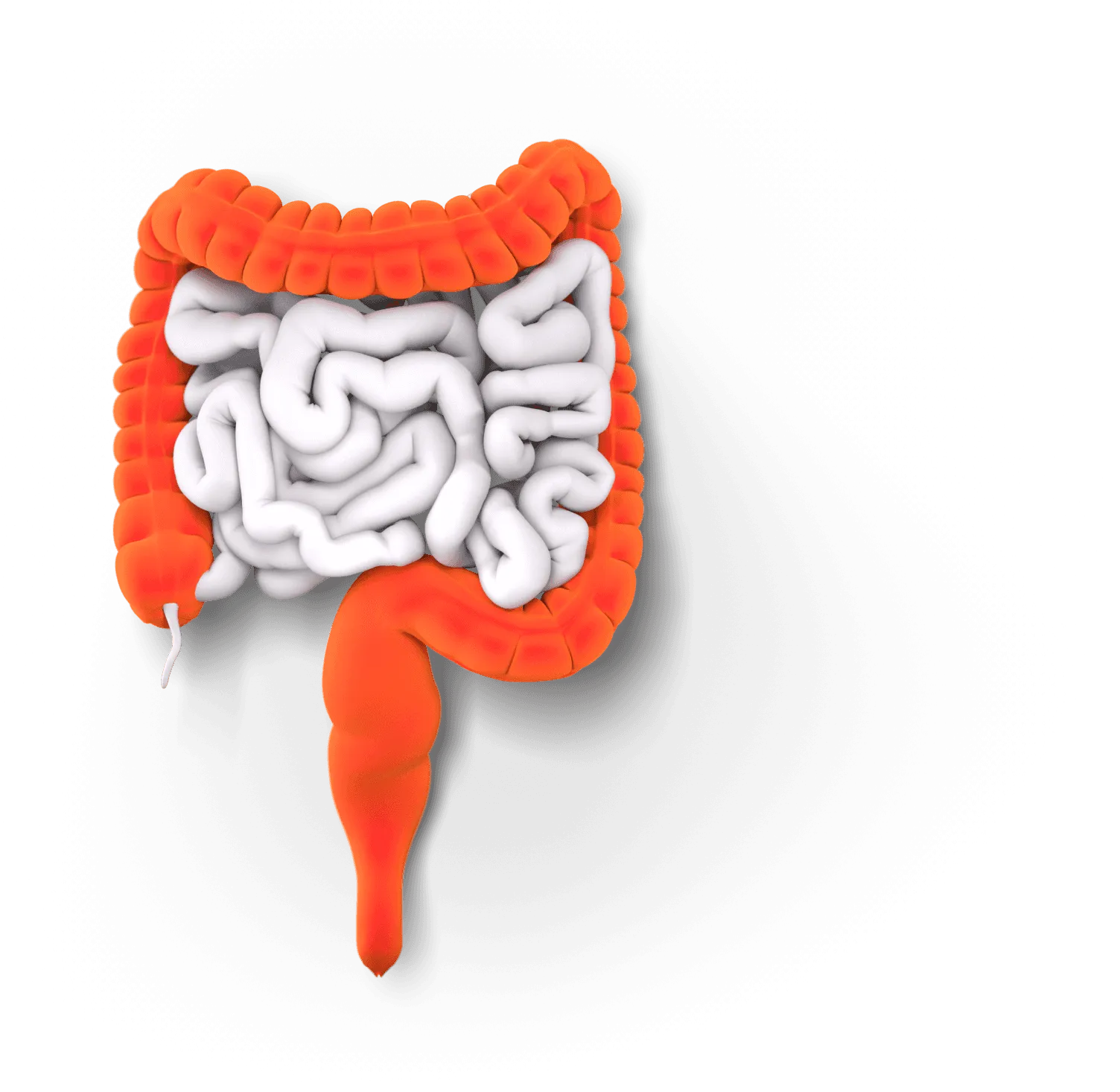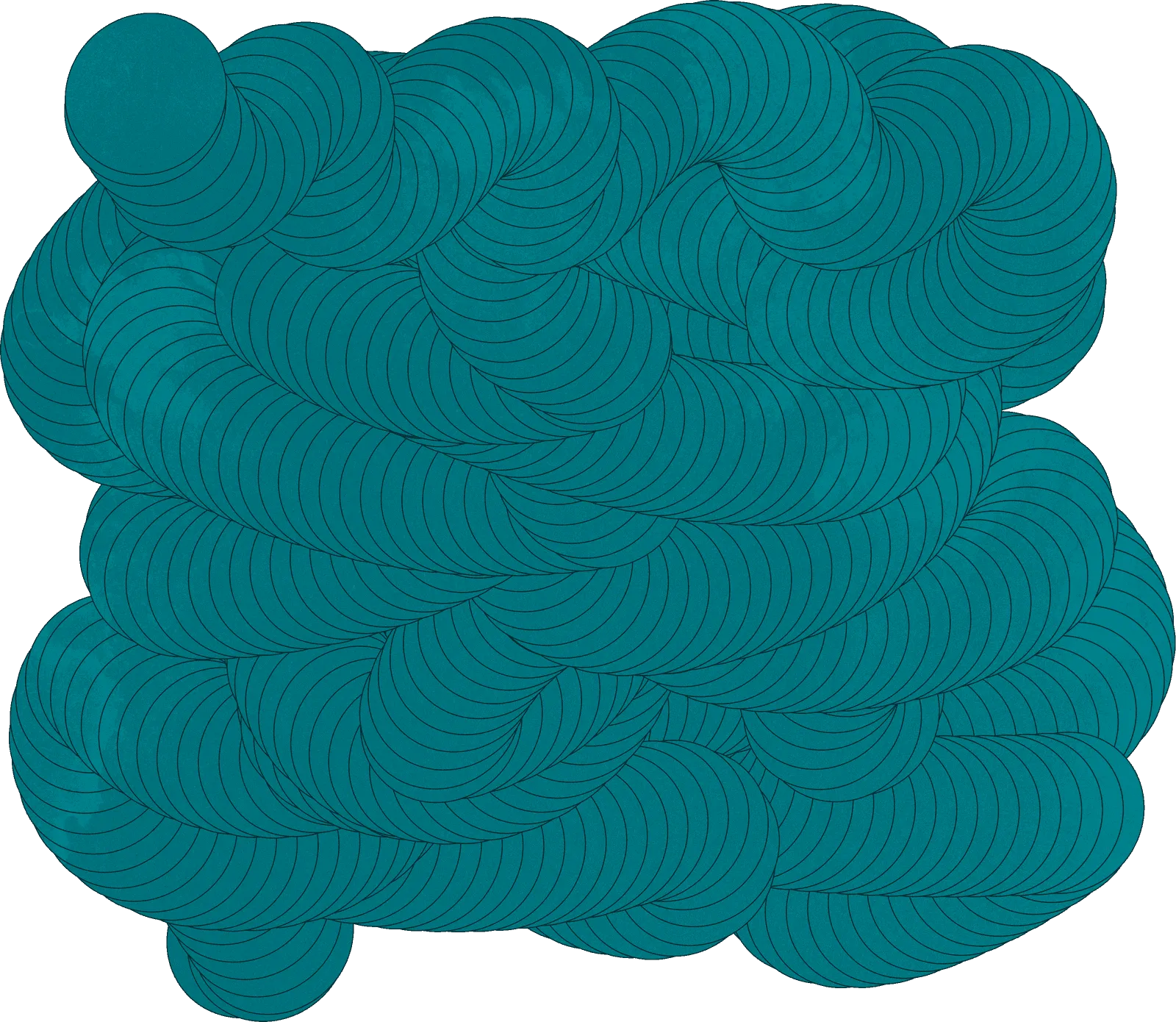

Ulcerative colitis
Ulcerative colitis (UC) is the most common type of IBD. It affects the large intestine, which includes the colon and the rectum, causing continuous damage to the entire inner lining. When the lining becomes inflamed, it can create sores or ulcers, which release blood and mucus.
Shari Living with UC

UC is an autoimmune disease
With UC, your body’s immune system attacks your large intestine (colon and rectum), creating continuous and uniform inflammation. When the lining becomes inflamed, it can create sores that can lead to blood and mucus in your stool. It’s unclear why your immune system attacks healthy cells, but your genetics and environment likely play a role in triggering this immune response.
What are some of the symptoms of ulcerative colitis?
Some UC symptoms overlap with other types of IBD, but there are some that are specific. Bloody diarrhea is more common with UC. It’s important to talk to your healthcare provider about any symptoms that are bothering you—they could be a warning sign.
Diarrhea or changes in bowel movements
Stool with blood or mucus
Bowel urgency
Fatigue
Abdominal pain (stomach pain or cramping)
Nausea
Weight loss

Causes and risk factors
Like all types of IBD, the exact cause of UC isn’t clear.
A person may develop UC due to the interaction between the genes they inherit from their parents and environmental factors (such as where they live and their lifestyle). Together, these factors could trigger an immune response.
Severity and progression
Because it’s possible for UC to get worse over time in some people, you and your healthcare team should keep a close eye on your symptoms and monitor the disease. This could include specific blood and stool tests and/or procedures.
Learn about monitoring UC
How UC can affect your body
Typically, UC only affects the large intestine (colon and rectum).
Maybe you’ve heard someone talk about extraintestinal manifestations, or EIMs. Simply put, these are ways UC can affect your body beyond the gut.
Here are a few of the most common:
Inner lining of the large intestine (colon and rectum)
It can cause continuous damage to the inner lining of the large intestine, starting from the rectum and moving upward through the colon.
Eyes
Inflammation can lead to redness, pain, irritation, and itching
Joints
Inflammation can lead to arthritis
Skin
Bumps, sores, and rashes
Liver and gallbladder
Inflammation can lead to scarring of the bile ducts, or primary sclerosing cholangitis
How UC is:

Diagnosed
Diagnosed

Managed
Managed

Treated
Treated

Shari Living with UC
When I was faced with my diagnosis, I decided that I didn’t want to lose time. I wanted to make the most of everything I’ve got.See Shari’s story
Featured
resource

Ulcerative colitis brochure
Understand what UC is, how it’s different from Crohn’s, and how it’s treated and monitored.
Get the latest sent straight to your inbox.
Sign up
